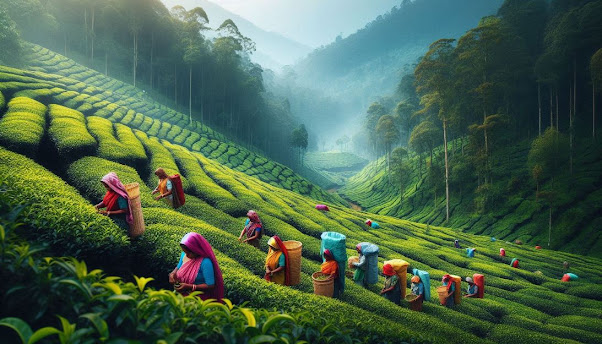10 incredible facts about india's various location
1- Diverse Landscapes: India boasts a kaleidoscope of landscapes, from the snow-capped peaks of the Himalayas to the sun-kissed beaches of Goa, offering a visual feast for nature enthusiasts.
3- Thar Desert's Golden Sands: In the northwest, the Thar Desert showcases a mesmerizing play of golden sands and vibrant hues, providing a stark contrast to the lush greenery found in other parts of the country.
5- Deccan Plateau's Elevated Beauty: Stretching across the southern part of India, the Deccan Plateau stands as a testament to time, adorned with ancient rock formations and historic monuments.
6- Islands of Serenity: India is home to the Andaman and Nicobar Islands, where pristine beaches, coral reefs, and dense forests create a tranquil escape for those seeking solace in nature's embrace.
7- The Arid Rann of Kutch: Gujarat unfolds the mesmerizing white salt flats of the Rann of Kutch during the dry season, resembling an otherworldly landscape and attracting travelers and photographers alike.
8- Seven Sister States: Nestled in the northeastern part of India, the Seven Sister States, with their lush greenery and rich tribal cultures, offer a captivating blend of natural beauty and diversity.
9- Lakes of Kashmir: The picturesque Dal Lake in Kashmir, surrounded by snow-capped mountains and vibrant houseboats, is a timeless symbol of the region's ethereal beauty.
10- Tea Gardens of Darjeeling: In the hills of Darjeeling, the sprawling tea gardens create a patchwork of greenery, producing some of the finest and most aromatic teas globally, capturing the essence of India's agrarian charm.









